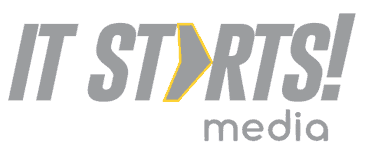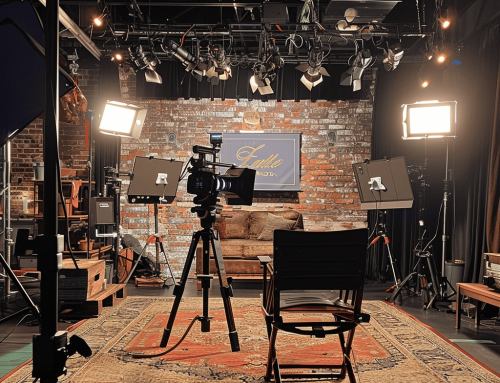
How to film interview, audio
In the third part of the series of articles on how to film interview for your corporate video production project, we will cover, in my opinion, one of the most overlooked aspects – audio recording, and the proper choice of audio recording gear.
The Importance of Audio
Corporate producers don’t pay enough attention to high quality audio recording pretty often, concentrating too much on the visual aspects of filmmaking. Don’t get me wrong, the picture is important indeed. But with crappy soundtrack, no matter how good your cameras and lighting are, the video won’t look great. Doesn’t matter how hard your post production team tries, simple as that.
Let’s start with the audio setup.
Boom Microphone Setup for Interview Filming
Now, after your cameras and lighting are set up, it’s time for audio setup. Video production teams use so called C-stands a lot. In our video production, we utilize a more modern option to mount our boom microphone – it is Impact Combo Boom Stand.
What’s great about it is that it’s easy to assemble and set up, has counterweight bag, well built, and easy to position due to legs that can widely expand for better stability, or collapse for narrower spaces, that can happen when you film interview in a small office, for example. At the same time, it is tall enough to position the microphone right above the frame.
In terms of the microphone positioning, here is my advice, and I won’t invent the wheel here. Make sure your boom microphone is right above the frame to capture the best audio, and it should point not to the interviewee’s mouth, but to their chest. This way, you will get a more deep and natural sound, the same that you would hear in person.
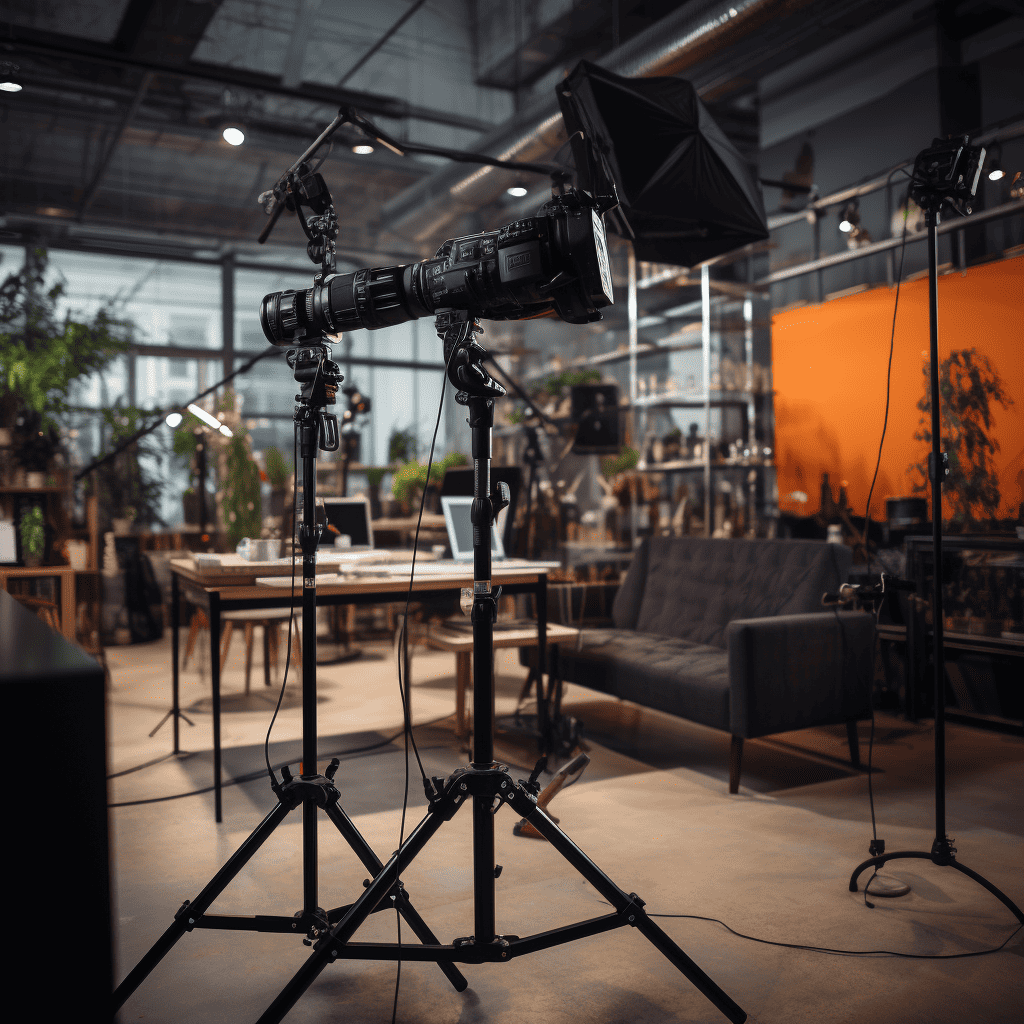
How to film interview, audio
Boom Microphone Choice
In terms of the boom mic models, I cannot emphasize more the importance of high quality gear for interview filming. This is not expensive at all, comparing to cameras, but makes all the difference.
We utilize our trusty Sennheiser MKE600 boom microphone. This is indeed a Swiss knife in the world of high production quality microphones. First – it can be connected both to camera through XLR to 3.5mm Jack adapter that comes with it, and to the recorder through XLR.
What’s even greater, it has the AA battery slot for phantom power, when connected to 3.5mm which doesn’t provide phantom power. And it can also get phantom power from the professional recorder.
As a professional recorder, for interviews we use industry standard Zoom H4n Pro, that has a long list of features. But what’s great is 24 bit audio recording. Why is that important – it helps prevent sound overload, and records more information compared to 16 bit sound recording.
These days, there are 32 bit audio recorders available, but for the interview audio recording, that definitely would be an overkill. And make sure you get a high quality XLR to XLR cable! Don’t cut corners on audio!
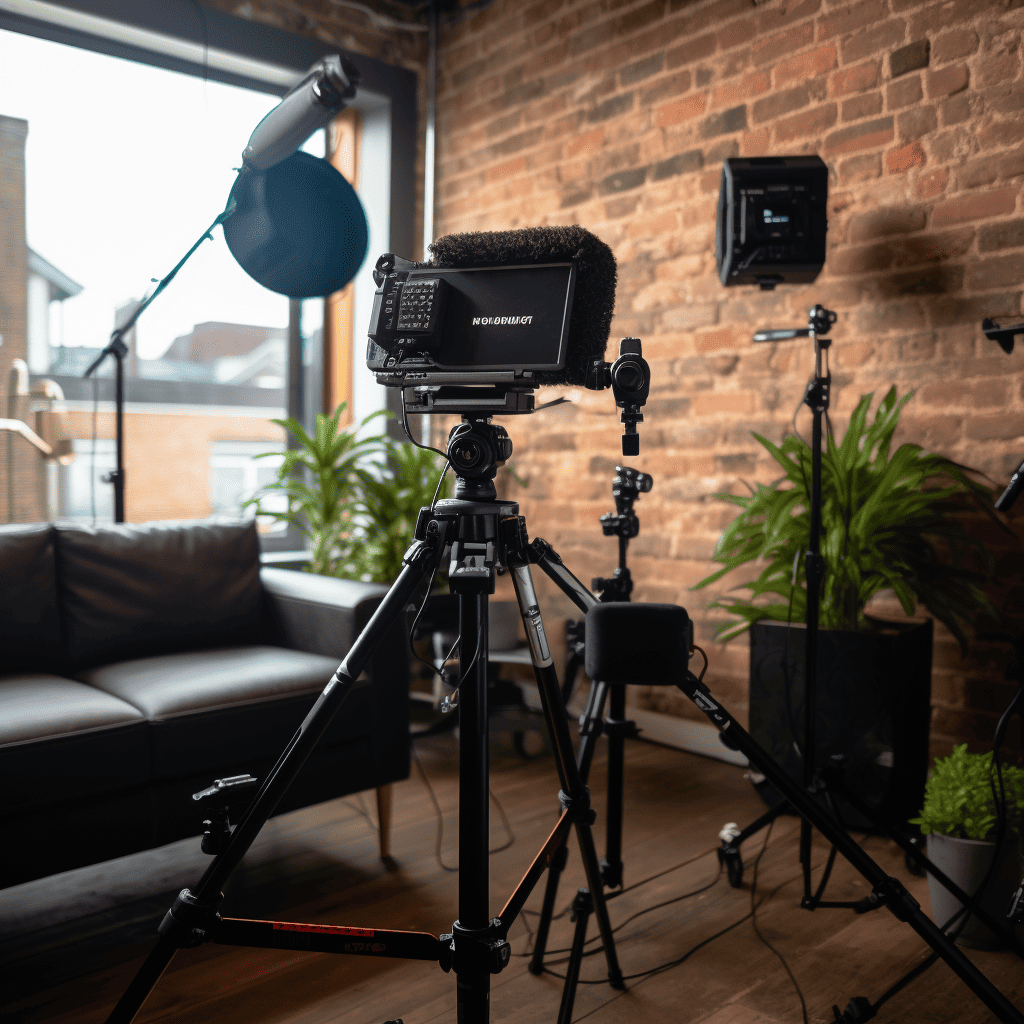
How to film interview, audio
Lavalier Microphones, Do You Need Them To Film Interview?
Now, let’s talk about lavalier microphones and transmission systems. For our corporate video production projects, and when interview filming, we use lavalier microphone recording as a backup for the main audio source that is recorded through the boom microphone.
As a result, we record it internally into one of our cameras. You definitely can get a long cord lavalier microphone, and plug it right into the camera, but there is a lot of inconvenience connected with it.
Still, when you and your video production team film interview in places with a lot of radio and Wi-Fi sources, a corded lav mic is the best option, so that there is no interference in audio recording. You want to clip the microphone pretty close to the interviewee’s neck, because lavalier microphones have pretty small recording radius. This is very useful when filming in a noisy environment.
Wireless Lavalier Systems
Now, about the wireless audio transmission systems. There are 2 types of them – digital and analog ones. The best digital lavalier microphone systems are Rode Wireless GO II and Rode Wireless Pro (which is a more advanced and modern option). DJI Mic is a great option as well.
Still, digital systems are considered sub-pro level, since they are not as reliable as analog ones. The best price/value analog audio transmission system is Sennheiser EW100 or EW300. Great build quality, reliability, unbeatable audio recording quality – this is all about them.
Yes, they are still a bit pricey compared to same systems from less popular and less professional equipment concentrated brands, but they are worth every penny, and they are popular. Which means that if you are in any major city like San Francisco, Sacramento, or Los Angeles, you can always rent it. You will thank me later when working on your sound recording in post production!
Backup Both Wireless Systems
Here is a great advice my friend videographer learned the hard way – always make sure you grab both types of systems to the production day! You never know what kind of interference might be at the location where you’d be filming interview.
Some locations have security radios, some locations have numerous Wi-Fi and Bluetooth sources all around. You never know what you might face, if it is not a film production pavilion. With both audio recording systems on hand – you have 100 percent success of recording clear audio with no static noise.
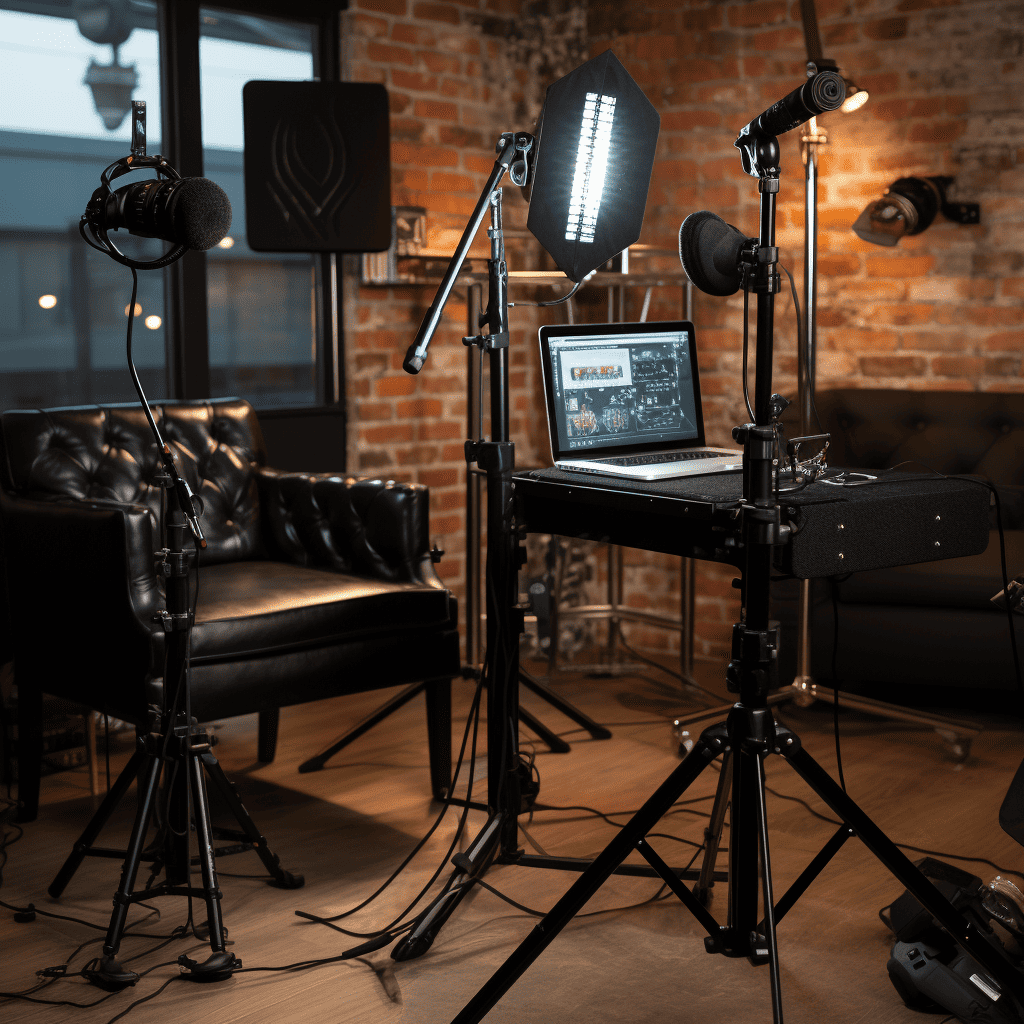
How to film interview, audio
Conclusion
Now, after reading all three parts of our series of articles dedicated to how to film interview, you have all the information to produce a corporate video that will make your video production stand out from the competition! Time to go out there, film it, and bring your video production project to life! Worth mentioning, that high quality audio is also important for social media video production, user generated content, testimonial video production, and lots of other corporate video production types, where high quality voice or sound effect recording is required.
In the last fourth part of this series of articles, I will share some pre-production and post-production tips and tricks, that will make you a guru of the interview filming (as we are).
Stay tuned!
Join our newsletter
Get video tips and tricks right in your inbox!
